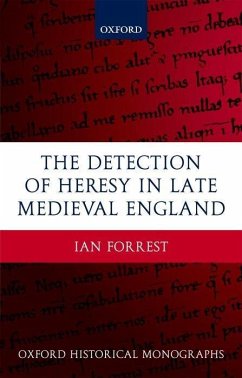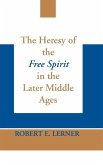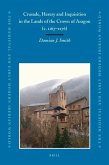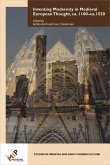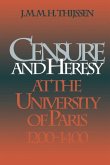Detection required bishops and inquisitors to balance reported suspicions against canonical proof, and threats to public safety against the rights of the suspect and the deficiencies of human justice. At present, the character and significance of heresy in late medieval England is the subject of much debate. Ian Forrest believes that this debate has to be informed by a greater awareness of the legal and social contexts within which heresy took on its many real and imagined attributes.
This is the first scholarly study of inquisition into heresy in medieval England. Heresy was the most feared crime in the medieval moral universe. It was seen as a social disease capable of poisoning the body politic and shattering the unity of the church. Ian Forrest argues that in order to understand who the heretics were, we first need to understand how they were defined in their own day. Successful heresy-detection relied on balancing suspicion against legal standards of evidence, and weighing the safety of the public against the rights of the suspect.
Hinweis: Dieser Artikel kann nur an eine deutsche Lieferadresse ausgeliefert werden.
This is the first scholarly study of inquisition into heresy in medieval England. Heresy was the most feared crime in the medieval moral universe. It was seen as a social disease capable of poisoning the body politic and shattering the unity of the church. Ian Forrest argues that in order to understand who the heretics were, we first need to understand how they were defined in their own day. Successful heresy-detection relied on balancing suspicion against legal standards of evidence, and weighing the safety of the public against the rights of the suspect.
Hinweis: Dieser Artikel kann nur an eine deutsche Lieferadresse ausgeliefert werden.

